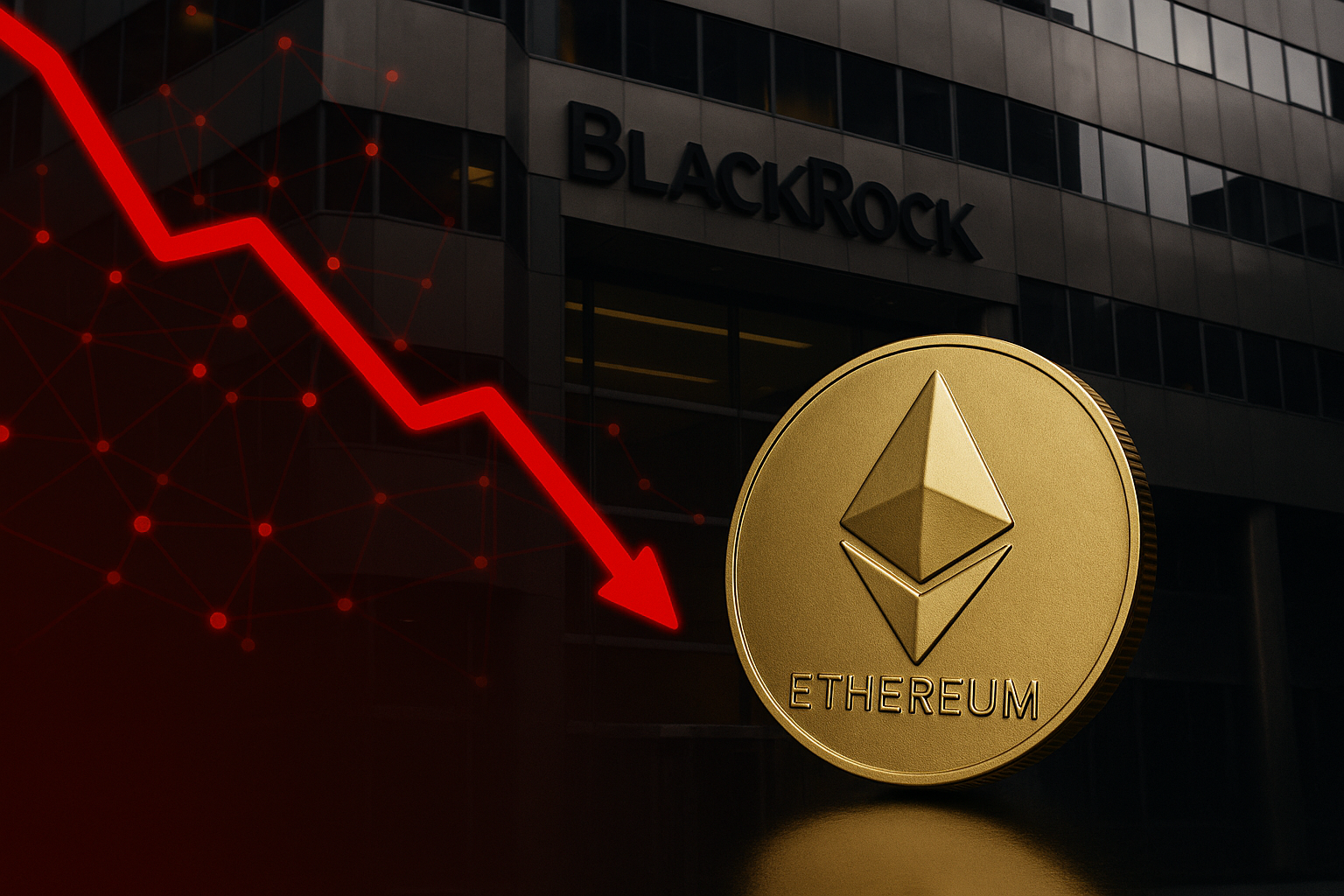Ethereum’s recent price action shows clear weakness. ETH has slipped from its late-August peak near $4,950 to around $4,330. Much of the pressure comes from BlackRock. On-chain data revealed that the asset manager moved $312.5 million worth of Ethereum to Coinbase this week, a typical sign of planned selling. At the same time, the iShares Ethereum Trust suffered $309 million in outflows on Friday. Together, these moves have sparked concerns that ETH’s price could face further declines.
ETF outflows only add fuel to the selling. Spot Ethereum ETFs lost $446 million in a single day last week, extending five straight days of redemptions. As funds exit, demand for ETH weakens, putting more weight on the already declining price. Yet history shows outflows can reverse quickly. For instance, investors pulled over $237 million in late August, only to return with $1.08 billion in inflows a week later.
Ethereum Struggles to Break Key Resistance Levels
ETH has also failed to climb past the $4,500 mark, which has now turned into strong resistance. The daily chart shows a pattern of lower highs and lower lows, a bearish signal. Even when Ethereum tested the resistance level, it lacked the buyers needed to push higher. Spot buying volumes remain weak, as data highlights negative net spot flows on exchanges. Without real demand, price recovery attempts continue to stall.
This struggle at resistance raises the risk of a deeper pullback. Analysts warn that if ETH breaks below $4,200, the next stop could be $3,550. The descending triangle forming on charts supports this bearish case. Still, traders note potential bounce levels around $3,750 to $3,900, which could provide temporary relief. In either case, ETH needs stronger participation from buyers to reclaim the $5,000 level.
Ethereum Network Activity Declines with Price
Network fundamentals have also weakened. Ethereum revenue dropped by 44% in August, falling to $14.1 million from July’s $25.6 million. That decline happened even as ETH reached record highs just weeks earlier. The slump is partly tied to the Dencun upgrade in March, which cut fees for layer-2 networks. While the upgrade improved efficiency, it also reduced fee revenue, lowering ETH’s deflationary effect.
At the same time, total network fees slipped by 10% to about $43.3 million over the past month. Lower fees mean less value is burned, reducing the token’s scarcity advantage. Combined with falling open interest in ETH futures—down 18% from recent highs—the data reflects weaker overall demand. Both spot and derivatives markets show traders are stepping back, further capping price growth.
Ethereum Outlook: Short-Term Pain, Long-Term Hope
Despite the bearish tone, Ethereum’s long-term picture may not be as grim. Large treasury investors continue to accumulate ETH. For example, BitMine Immersion holds over $9 billion worth of the token, making it the largest corporate holder. Other firms like SharpLink have also built major positions. These big buyers see long-term value in ETH even as short-term volatility persists.
Moreover, stablecoin activity on the Ethereum network remains strong, with assets topping $154 billion. This robust ecosystem gives ETH a fundamental backbone that could support future rallies. Once selling pressure from BlackRock and continued ETF outflows fade, demand may rebound. History shows that crypto often recovers quickly after deep corrections. For now, however, ETH must navigate heavy resistance and weak buyer momentum.
